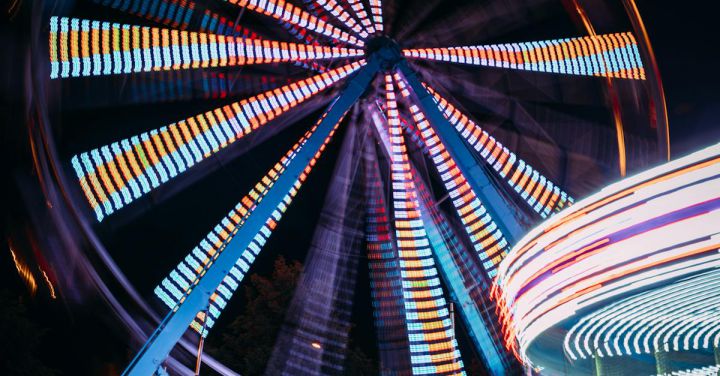What Safety Measures Are in Place for Carnival Rides?

Carnivals are a popular attraction for people of all ages, offering a variety of thrilling rides and games. However, with the excitement comes the concern for safety. It is essential to understand the safety measures that are in place to ensure the well-being of carnival-goers. In this article, we will explore the various safety precautions taken by carnival operators to ensure a safe and enjoyable experience for everyone.
Inspections and Maintenance
One of the primary safety measures for carnival rides is regular inspections and maintenance. Before a ride is open to the public, it undergoes a thorough inspection by certified engineers and technicians. They check for any signs of wear and tear and ensure that all components are in proper working condition. Additionally, rides are inspected daily by trained personnel to identify any potential issues that may arise during operation.
Operator Training and Certification
Carnival ride operators play a crucial role in ensuring the safety of riders. They receive extensive training on the proper operation of each ride, including emergency procedures. Operators undergo certification programs that educate them on ride safety, guest management, and crowd control. By having trained and certified operators, carnival organizers can maintain a safe environment for all attendees.
Height and Age Restrictions
To prevent accidents and injuries, carnival rides have height and age restrictions in place. These restrictions are based on safety guidelines provided by regulatory authorities. By adhering to these restrictions, carnival operators can minimize the risk of harm to riders who may not meet the physical requirements for a particular ride. Height and age restrictions are prominently displayed at the entrance of each ride to ensure compliance.
Safety Barriers and Enclosures
Another safety measure employed for carnival rides is the use of safety barriers and enclosures. These physical structures help to prevent riders from falling off or being ejected from the ride. Safety barriers are strategically placed to ensure that riders remain within the designated ride area throughout the duration of the experience. This precautionary measure provides an additional layer of protection for riders’ safety.
Emergency Stop Systems
Carnival rides are equipped with emergency stop systems to halt operation in the event of an unforeseen circumstance. These systems are typically operated by ride operators and are designed to bring the ride to a safe stop if necessary. Emergency stop buttons are strategically located within reach of operators, ensuring a quick response in case of an emergency situation.
Regular Maintenance Checks During Operation
In addition to pre-opening inspections, carnival rides undergo regular maintenance checks during operation. Trained personnel continuously monitor the rides for any signs of malfunction or abnormal behavior. These routine checks help to identify and address any potential issues before they escalate, ensuring the safety of riders throughout the day.
Conclusion: Prioritizing Safety for a Memorable Experience
Carnival rides are designed to provide thrills and excitement, but safety should always be the top priority. By implementing strict safety measures such as inspections and maintenance, operator training and certification, height and age restrictions, safety barriers and enclosures, emergency stop systems, and regular maintenance checks during operation, carnival organizers ensure a safe and enjoyable experience for all attendees. So, the next time you visit a carnival, you can feel confident knowing that these safety measures are in place to protect your well-being while you have a memorable time.